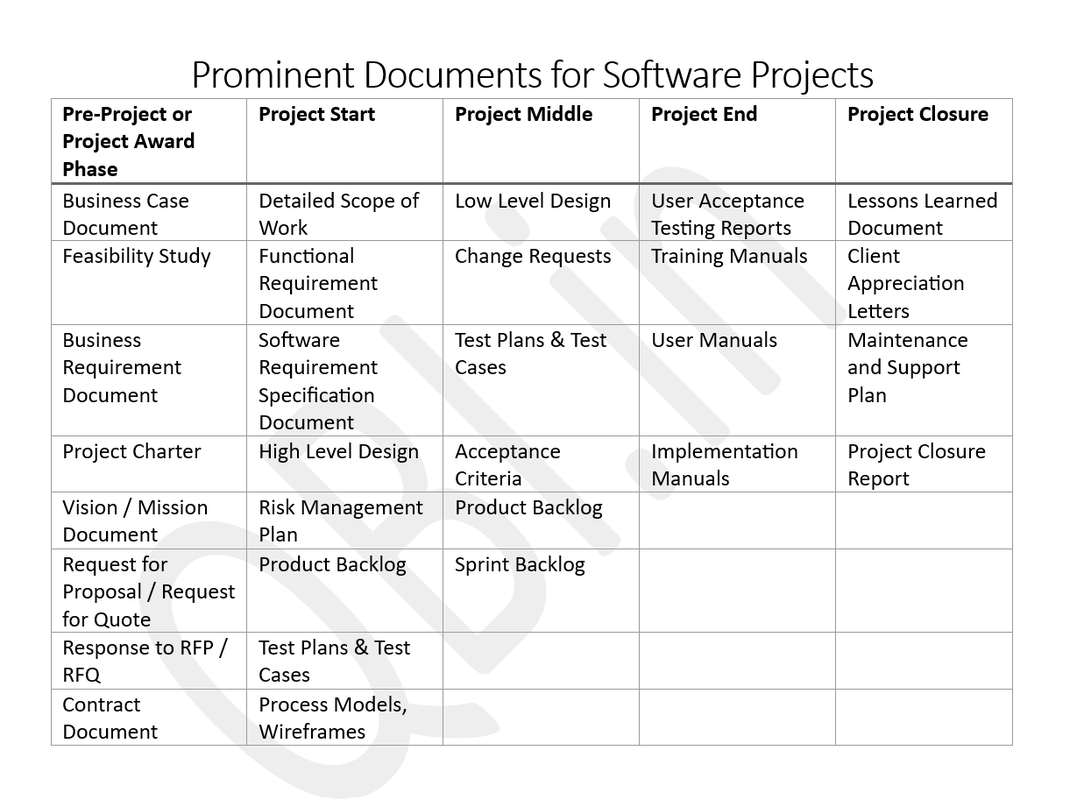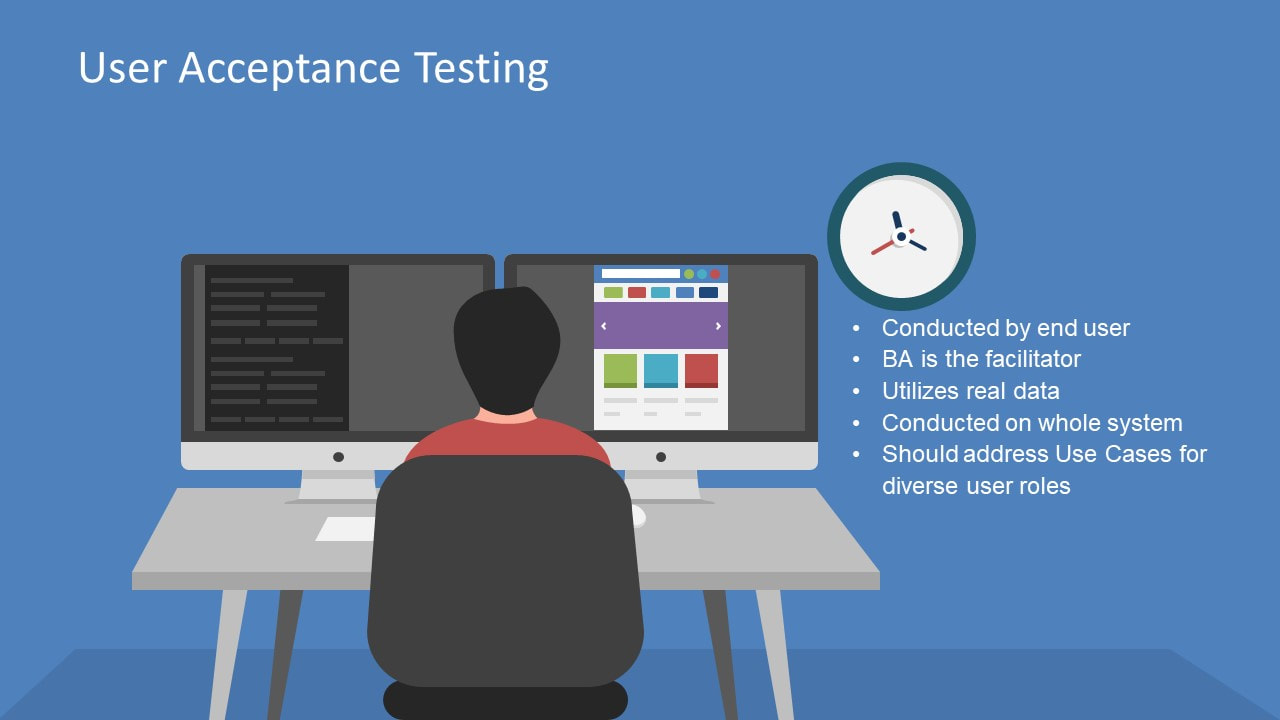|
|||||||||||||
| use_case_template-1.pdf | |
| File Size: | 111 kb |
| File Type: | |
"User Acceptance Testing is not just an activity in the project, but a powerful process that helps shape and ensure the success of the final product, aligning it with the needs and expectations of the end-users."
User Acceptance Testing (UAT) is a type of software testing where end-users or stakeholders test the system to ensure it meets their needs and requirements. UAT is performed after the software has gone through other types of testing, such as unit testing, integration testing, and system testing. The purpose of UAT is to validate that the system functions as intended, meets the end-users' needs, and is ready for release or ready to be deployed in the live environment.
"UAT or User Acceptance Testing is performed on real client data involving actual and complex use cases as opposed to test data which may be utilised be the development or testing team for testing purposes in absence of real client data in some cases."
User Acceptance Testing - 10 Points to Remember
- UAT is performed by end-users or stakeholders, not the development team. This ensures that the system is tested from the perspective of those who will use it.
- UAT is typically the final stage of testing before the software is released to production. It helps to identify any last-minute issues or bugs that need to be fixed.
- The purpose of UAT is to validate the software against the user's requirements, business processes, and use cases. This ensures that the system functions as intended and meets the end-users' needs.
- UAT can be performed in different ways, such as manual testing, automated testing, or a combination of both. The choice of method depends on the complexity of the system and the resources available.
- UAT test cases should be developed based on the user's requirements and business processes. This ensures that the tests are relevant to the end-users and cover all the essential functionality of the system.
- The UAT test plan should be developed in collaboration with the end-users and stakeholders. This ensures that the testing aligns with their expectations and requirements.
- UAT should be performed in a test environment that is similar to the production environment. This ensures that the system behaves the same way in both environments.
- UAT results should be documented and shared with the development team. This allows the team to address any issues that were identified during testing and make any necessary changes before release.
- UAT should be performed on the entire system, not just individual components. This ensures that all parts of the system work together as intended.
- UAT should be performed by a diverse group of end-users to ensure that the system meets the needs of all users, regardless of their background or experience.
|
|
|
Archives
April 2024
December 2023
November 2023
October 2023
February 2023
January 2023
December 2022
September 2022
March 2022
February 2022
January 2022
December 2021
August 2021
July 2021
April 2021
March 2021
February 2021
January 2021
May 2020
December 2019
September 2019
July 2019
March 2019
February 2019
November 2018
August 2018
July 2018
May 2018
November 2017
February 2017
January 2017
November 2016
June 2016
May 2016
April 2016
February 2016
December 2015
November 2015
October 2015
September 2015
August 2015
July 2015




 RSS Feed
RSS Feed